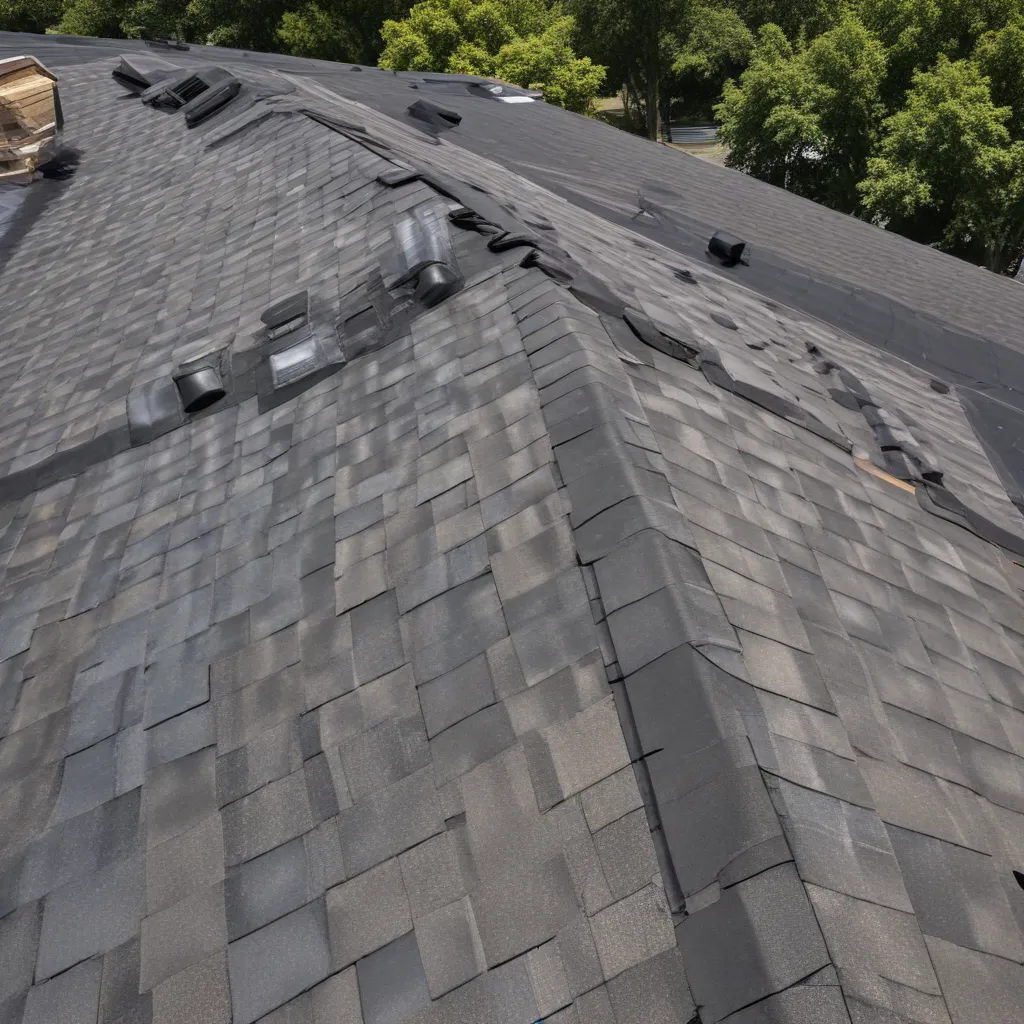
As an experienced roofing specialist, I’m excited to share insights on how homeowners and building professionals can leverage the latest energy-efficient roofing technologies to boost their property’s performance and environmental sustainability. From cutting-edge composite innovations to time-tested metal roof upgrades, the world of roofing is evolving rapidly to meet the growing demand for cost-effective, durable, and environmentally-friendly solutions.
Roofing Materials
Sustainable Roofing Options
One of the primary drivers behind the surge in energy-efficient roofing is the increased awareness of environmental impact. Homeowners and businesses alike are seeking out roofing materials that not only provide long-lasting protection but also contribute to reducing their carbon footprint. Tile roofing, for instance, has seen a resurgence in popularity due to its inherent durability, low maintenance requirements, and the availability of cool-colored options that reflect solar radiation. Similarly, metal roofs have become a go-to choice for their exceptional longevity, fire resistance, and energy-saving capabilities.
Energy-Efficient Roofing Materials
When it comes to maximizing energy efficiency, the solar reflectance and thermal emittance properties of the roofing material play a crucial role. Cool roofs, characterized by their ability to reflect a significant portion of the sun’s rays, can help reduce the heat transfer into the building, leading to substantial cooling cost savings. Advancements in roofing technology have made it possible to achieve high reflectivity even in darker-colored materials, thanks to the use of specialized pigments that preferentially reflect near-infrared radiation.
Innovative Roofing Technologies
The roofing industry has not rested on its laurels, continuously introducing new and improved products to the market. Polymer shingles, for instance, offer a durable and customizable alternative to traditional asphalt shingles, often with superior energy performance. Single-ply membranes and spray polyurethane foam roofs have also emerged as innovative solutions, providing seamless, highly reflective, and insulative options for both residential and commercial applications.
Energy-Saving Roof Design
Roof Insulation Strategies
Proper insulation is a crucial element in achieving energy efficiency, as it helps to minimize heat transfer between the exterior and interior of the building. Homeowners and building professionals should carefully consider the type, thickness, and placement of insulation materials, such as fiberglass, cellulose, or rigid foam, to optimize the roof’s thermal performance.
Ventilation and Air Flow
In addition to insulation, effective roof ventilation plays a significant role in regulating the building’s temperature. Strategically placed static vents, wind-powered vents, and electric vents can enhance air circulation, preventing the buildup of heat in the attic and reducing the load on the HVAC system.
Roof Orientation and Slope
The orientation and slope of the roof can also impact its energy efficiency. Maximizing the roof’s exposure to the sun, particularly in regions with abundant solar resources, can optimize the performance of solar panels and passive solar heating systems. Conversely, in areas with harsher climates, adjusting the roof’s slope can help mitigate the effects of wind, snow, and other environmental factors.
Environmental Impact of Roofing
Renewable Energy Integration
The push for sustainable roofing solutions has led to the seamless integration of renewable energy technologies, such as solar photovoltaic (PV) panels, into roofing systems. These innovative systems not only generate clean electricity but also contribute to the overall energy efficiency of the building, reducing reliance on traditional power sources.
Recyclable Roofing Materials
Sustainability-minded homeowners and businesses are increasingly gravitating towards roofing materials that can be easily recycled or repurposed at the end of their lifespan. Metal roofs, for instance, are renowned for their exceptional longevity and ability to be recycled, making them a responsible choice for eco-conscious consumers.
Reduction of Carbon Footprint
By choosing energy-efficient roofing solutions, homeowners and building owners can significantly reduce their property’s carbon footprint. Cool roofs, for example, can help mitigate the urban heat island effect, lowering the overall temperature in densely populated areas and reducing the strain on local power grids during peak cooling seasons.
Homeowner Considerations
Cost-Effective Solutions
While energy-efficient roofing may require a higher initial investment, the long-term cost savings from reduced energy consumption and potential tax incentives or rebates can make these solutions highly attractive. Homeowners should carefully evaluate the total cost of ownership, factoring in maintenance, replacement, and energy savings, to determine the optimal roofing choice for their needs.
Durability and Longevity
Homeowners seeking to maximize the value of their investment should prioritize roofing materials that offer exceptional durability and longevity. Metal roofs, for instance, can often last for 50 years or more, providing a robust and long-lasting solution that can withstand the elements and minimize the need for frequent replacements.
Aesthetic Considerations
In addition to energy efficiency and environmental impact, homeowners should also consider the aesthetic appeal of their roofing choices. Fortunately, the roofing industry has responded to this demand, offering a wide range of color options, textures, and styles that cater to diverse architectural preferences, allowing homeowners to find the perfect balance between functionality and visual appeal.
By carefully evaluating the available roofing options, homeowners and building professionals can make informed decisions that not only enhance their property’s energy efficiency but also contribute to a more sustainable future. Whether you’re constructing a new building or retrofitting an existing one, the innovative solutions presented in this article can help you unlock the full potential of your roofing system and reap the rewards of enhanced energy savings and environmental stewardship.
For more information on Genuine Roof Systems’ comprehensive range of energy-efficient roofing solutions, please visit https://www.genuineroofsystems.com.

























